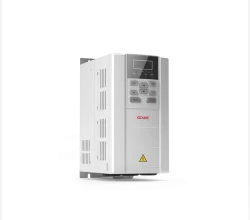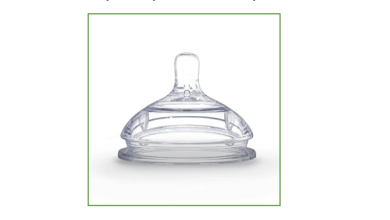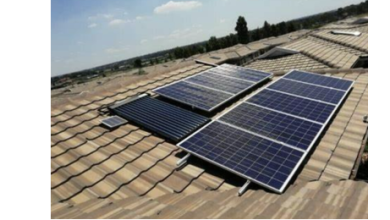Exploring the Potential Applications of Sunua’s Next-Generation Polymer Materials(insulation material suppliers)

When it comes to innovative materials that shape our world, few companies rival Sunua. Their latest breakthroughs in polymer technology have the potential to revolutionize a wide range of industries. Sunua’s next-generation materials are poised to make a lasting impact on how we live and work. This blog will explore the potential applications of Sunua’s LSZH compound and other next-generation polymer materials.
What is LSZH Compound?
LSZH, or Low Smoke Zero Halogen, is a type of flame-retardant polymer material widely used in the wire and cable industry. LSZH compound is characterized by its ability to reduce the amount of smoke and toxic gases released in the event of a fire, which makes it an ideal material for applications where safety is a top priority.
Potential Applications of Sunua’s LSZH Compound:
- Communication Cables: Sunua’s LSZH compound is an excellent material for communication cables, as it provides a high level of flame retardancy and low smoke emission. This makes it ideal for applications in buildings, tunnels, and other enclosed spaces where safety is a top priority.
- Power Cables: LSZH compound is also an ideal material for power cables, especially those installed in public areas. Sunua’s LSZH compound provides excellent insulation properties, mechanical properties, and weather resistance, making it ideal for outdoor applications.
Next-Generation Polymer Materials:
Sunua also offers a range of next-generation polymer materials that have opened up new possibilities for various applications in different industries. These materials include thermoplastic elastomers, polyamide composite materials, carbon fiber composite materials, and engineering plastics.
- Potential Applications of Sunua’s Next-Generation Polymer Materials:
- Automotive Industry: Sunua’s carbon fiber composite materials and engineering plastics are ideal for use in the automotive industry, as they are lightweight and have excellent mechanical properties. These materials can help to improve fuel efficiency and reduce carbon emissions.





